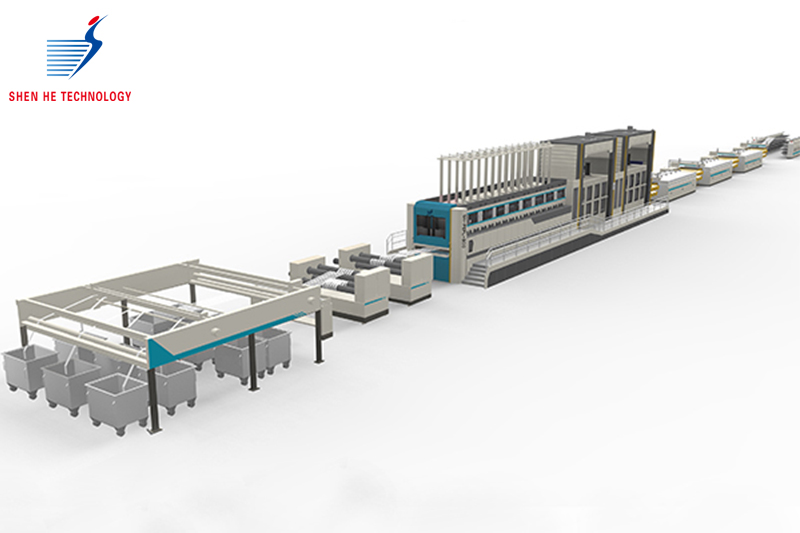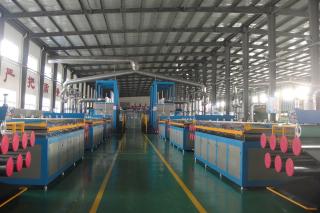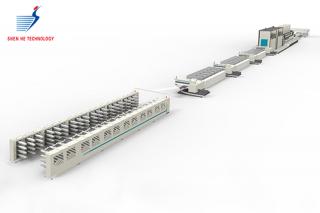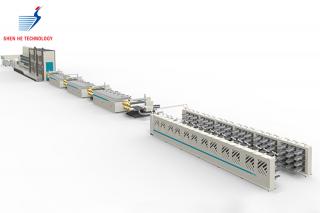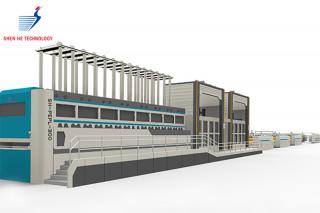Ultra high molecular weight polyethylene fiber
Jiangsu Shenhe Technology Development Co., Ltd. is one of the toppest Ultra high molecular weight polyethylene fiber in China.During these years of exporting , Jiangsu Shenhe Technology Development Co., Ltd. now has rich experience in the worldwide markets
Tel: 0086-18905100000
E-mail: summer@jsljkeji.com
Special properties of ultra-high molecular weight polyethylene fibers
Ultra High Molecular Weight Polyethylene Fiber (UHMWPE), also known as high-strength and high modulus polyethylene fiber, is currently the fiber with high specific strength and specific modulus Z in the world. Its special properties are:
1. High specific strength and high specific modulus. The specific strength is more than ten times that of steel wires with the same cross-section, and the specific modulus is only second to high-grade carbon fibers.
2. The fiber density is low, with a density of 0.97g/cm3, and can float on the water surface.
3. Low fracture elongation, high fracture work, and strong energy absorption ability, thus possessing outstanding impact resistance and cutting resistance.
4. Anti UV radiation, anti neutron, and γ Radiation has high energy absorption, low dielectric constant, and high electromagnetic wave transmittance.
5. Chemical corrosion resistance, wear resistance, and long flexural life.
Ultra High Molecular Weight Polyethylene Fiber (UHMWPE), also known as high-strength and high modulus polyethylene fiber, is currently the fiber with high specific strength and specific modulus Z in the world. Its special properties are:
1. High specific strength and high specific modulus. The specific strength is more than ten times that of steel wires with the same cross-section, and the specific modulus is only second to high-grade carbon fibers.
2. The fiber density is low, with a density of 0.97g/cm3, and can float on the water surface.
3. Low fracture elongation, high fracture work, and strong energy absorption ability, thus possessing outstanding impact resistance and cutting resistance.
4. Anti UV radiation, anti neutron, and γ Radiation has high energy absorption, low dielectric constant, and high electromagnetic wave transmittance.
5. Chemical corrosion resistance, wear resistance, and long flexural life.
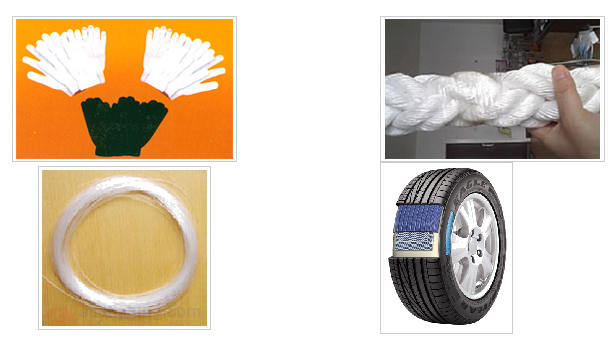
Application prospects of ultra-high molecular weight polyethylene fibers
Due to its numerous excellent properties, ultra-high molecular weight polyethylene fibers have shown great advantages in the high-performance fiber market, including mooring ropes in offshore oil fields and high-performance lightweight composite materials. They play a crucial role in modern warfare, aviation, aerospace, maritime defense equipment, and other fields.
1. In terms of national defense and military equipment: Due to its good impact resistance and high energy absorption, this fiber can be used in military applications to make protective clothing, helmets, and bulletproof materials, such as armor plates for helicopters, tanks, and ships, radar protective shells, missile covers, bulletproof vests, stab proof vests, shields, etc. Among them, the application of bulletproof vests is particularly noteworthy. It has the advantages of softness and better bulletproof effect than aramid, and has now become the main fiber occupying the US bulletproof vest market. In addition, the specific impact load value U/p of ultra-high molecular weight polyethylene fiber composite materials is 10 times that of steel and more than twice that of glass fiber and aramid. Bulletproof and riot helmets made of resin composite materials reinforced with this fiber have become substitutes for steel helmets and aramid reinforced composite helmets abroad.
Due to its numerous excellent properties, ultra-high molecular weight polyethylene fibers have shown great advantages in the high-performance fiber market, including mooring ropes in offshore oil fields and high-performance lightweight composite materials. They play a crucial role in modern warfare, aviation, aerospace, maritime defense equipment, and other fields.
1. In terms of national defense and military equipment: Due to its good impact resistance and high energy absorption, this fiber can be used in military applications to make protective clothing, helmets, and bulletproof materials, such as armor plates for helicopters, tanks, and ships, radar protective shells, missile covers, bulletproof vests, stab proof vests, shields, etc. Among them, the application of bulletproof vests is particularly noteworthy. It has the advantages of softness and better bulletproof effect than aramid, and has now become the main fiber occupying the US bulletproof vest market. In addition, the specific impact load value U/p of ultra-high molecular weight polyethylene fiber composite materials is 10 times that of steel and more than twice that of glass fiber and aramid. Bulletproof and riot helmets made of resin composite materials reinforced with this fiber have become substitutes for steel helmets and aramid reinforced composite helmets abroad.
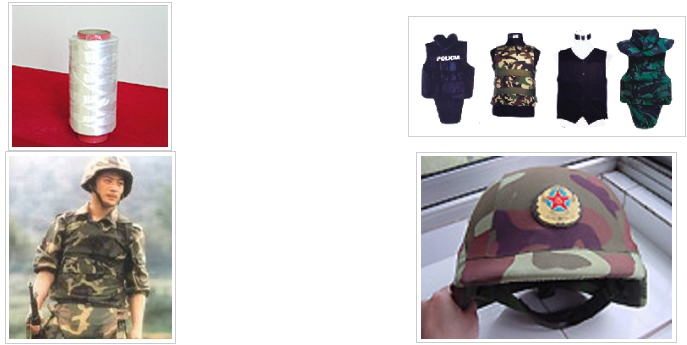
2. Applications in aerospace: In aerospace engineering, due to its lightweight, high strength, and good impact resistance, this fiber composite material is suitable for various aircraft wing tip structures, spacecraft structures, and buoy aircraft. This fiber can also be used as a deceleration parachute for space shuttle landings and as a rope for hanging heavy objects on airplanes, replacing traditional steel and synthetic fiber ropes. Its development speed is exceptionally fast.
3. Civil aspect:
(1) The application of ropes and cables: Ropes, cables, sails, and fishing gear made of this fiber are suitable for marine engineering and are the initial use of this fiber. Commonly used for negative force ropes, heavy-duty ropes, salvage ropes, towing ropes, sailboat ropes, and fishing lines. The rope made of this fiber has a fracture length of 8 times that of steel rope and 2 times that of aramid under its own weight. This rope is used as a fixed anchor rope for super oil tankers, ocean operation platforms, lighthouses, etc. It solves the problem of corrosion encountered by steel cables in the past, as well as corrosion, hydrolysis, and UV degradation caused by nylon and polyester cables, resulting in a decrease in cable strength
The issue of frequent replacement due to breakage.
3. Civil aspect:
(1) The application of ropes and cables: Ropes, cables, sails, and fishing gear made of this fiber are suitable for marine engineering and are the initial use of this fiber. Commonly used for negative force ropes, heavy-duty ropes, salvage ropes, towing ropes, sailboat ropes, and fishing lines. The rope made of this fiber has a fracture length of 8 times that of steel rope and 2 times that of aramid under its own weight. This rope is used as a fixed anchor rope for super oil tankers, ocean operation platforms, lighthouses, etc. It solves the problem of corrosion encountered by steel cables in the past, as well as corrosion, hydrolysis, and UV degradation caused by nylon and polyester cables, resulting in a decrease in cable strength
The issue of frequent replacement due to breakage.
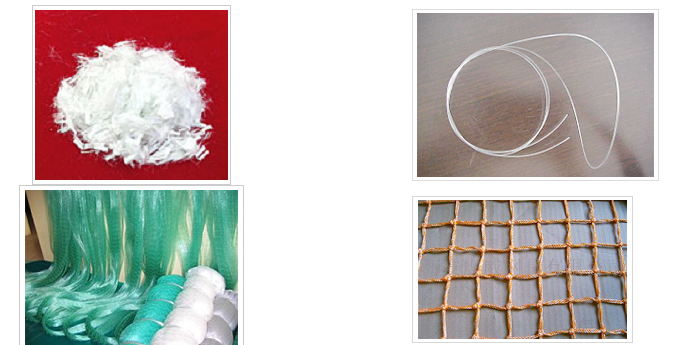
(2) Sports equipment and supplies: Safety helmets, skis, sail boards, fishing rods, rackets and bicycles, gliders, ultra lightweight aircraft components, etc. have been made on sports equipment, and their performance is better than traditional materials.
(3) Used as a biomaterial: This fiber-reinforced composite material is used in dental support materials, medical implants, and plastic sutures. It has good biocompatibility and durability, high stability, and will not cause allergies. It has been clinically applied. It is also used in medical gloves and other medical measures.
(4) In industry, this fiber and its composite materials can be used as pressure vessels, conveyor belts, filtering materials, automotive buffer plates, etc; In terms of architecture, it can be used as a wall, partition structure, etc. Using it as a reinforced cement composite material can improve the toughness of cement and enhance its impact resistance.
Market prospects of ultra-high molecular weight polyethylene fibers
Ultra high molecular weight polyethylene fibers are currently a scarce resource worldwide, with an annual demand of approximately 50000 tons worldwide, with Europe and America accounting for 70%. But currently, the global production is around 15000 tons, with a significant gap. According to expert predictions, the annual market demand for ultra-high molecular weight polyethylene fibers will exceed 100000 tons in the next 10 years, with huge market potential and broad prospects.
Research and industrialization of ultra-high molecular weight polyethylene fibers worldwide
At present, only DSM, Honeywell, and Mitsui can industrially produce ultra-high molecular weight polyethylene fibers internationally, with an annual total output of less than 9000 tons.
In the late 1970s, DSM of the Netherlands succeeded in spinning ultra-high molecular weight polyethylene fiber by Gelspinning. The company is the founding company of this fiber and also the world's highest production and best quality manufacturer of this fiber, with an annual output of approximately 7000 tons. In the 1980s, Allied Singal in the United States collaborated with DSM in the Netherlands to establish Honeywell Company in the United States, producing low-end products of ultra-high molecular weight polyethylene fibers, which were only sold in the North American market, with an annual output of about 3000 tons. Japan Toyo Textile Co., Ltd. and DSM Co., Ltd. of the Netherlands jointly established Mitsui Company in Japan to produce ultra-high molecular weight polyethylene fiber. The sales area is limited to Japan and Taiwan, China Province of China, with an annual output of about 800 tons.
(3) Used as a biomaterial: This fiber-reinforced composite material is used in dental support materials, medical implants, and plastic sutures. It has good biocompatibility and durability, high stability, and will not cause allergies. It has been clinically applied. It is also used in medical gloves and other medical measures.
(4) In industry, this fiber and its composite materials can be used as pressure vessels, conveyor belts, filtering materials, automotive buffer plates, etc; In terms of architecture, it can be used as a wall, partition structure, etc. Using it as a reinforced cement composite material can improve the toughness of cement and enhance its impact resistance.
Market prospects of ultra-high molecular weight polyethylene fibers
Ultra high molecular weight polyethylene fibers are currently a scarce resource worldwide, with an annual demand of approximately 50000 tons worldwide, with Europe and America accounting for 70%. But currently, the global production is around 15000 tons, with a significant gap. According to expert predictions, the annual market demand for ultra-high molecular weight polyethylene fibers will exceed 100000 tons in the next 10 years, with huge market potential and broad prospects.
Research and industrialization of ultra-high molecular weight polyethylene fibers worldwide
At present, only DSM, Honeywell, and Mitsui can industrially produce ultra-high molecular weight polyethylene fibers internationally, with an annual total output of less than 9000 tons.
In the late 1970s, DSM of the Netherlands succeeded in spinning ultra-high molecular weight polyethylene fiber by Gelspinning. The company is the founding company of this fiber and also the world's highest production and best quality manufacturer of this fiber, with an annual output of approximately 7000 tons. In the 1980s, Allied Singal in the United States collaborated with DSM in the Netherlands to establish Honeywell Company in the United States, producing low-end products of ultra-high molecular weight polyethylene fibers, which were only sold in the North American market, with an annual output of about 3000 tons. Japan Toyo Textile Co., Ltd. and DSM Co., Ltd. of the Netherlands jointly established Mitsui Company in Japan to produce ultra-high molecular weight polyethylene fiber. The sales area is limited to Japan and Taiwan, China Province of China, with an annual output of about 800 tons.

